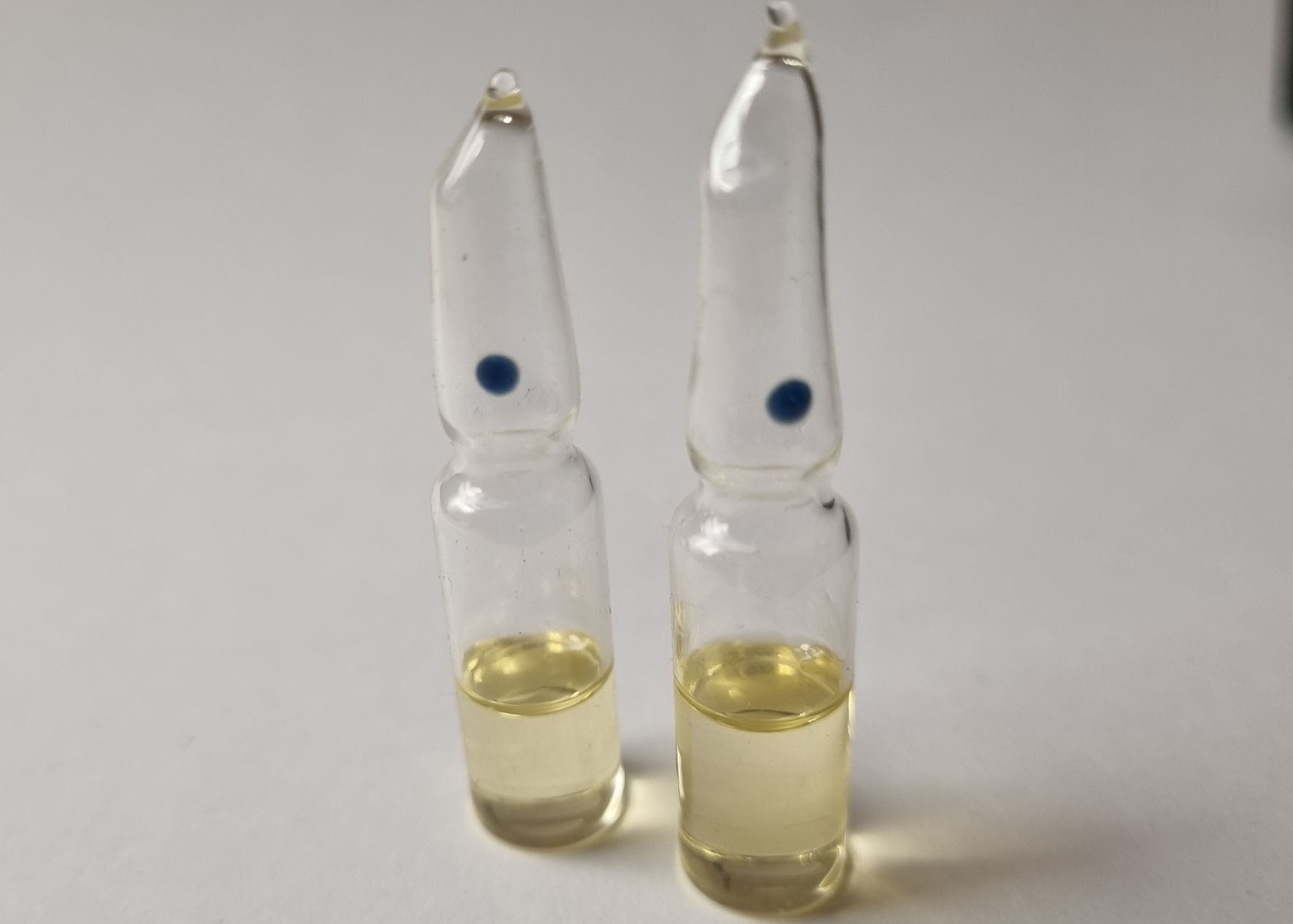More than half of vape juices have the wrong concentration of nicotine
Embargoed until:
Publicly released:
2025-06-06 00:01
Nicotine testing of vape e-liquids shows that the labelled and the actual concentrations differ by more than 10% in nearly 60% of products. Researchers looked at ESR's test results for more than 200 products available in Aotearoa, finding the majority that deviated from their labels had less nicotine than claimed. However, the authors say under-reported concentrations also pose a risk to users quitting smoking; for example, they may vape more often or revert to smoking to satisfy nicotine cravings. They say we need urgent enforcement of regulatory standards for vape juice nicotine concentrations.
Journal/conference: New Zealand Medical Journal
Organisation/s: University of Otago
Funder: The authors acknowledge the work and expertise of
the ESR scientists who conducted the testing. We thank
the Ministry of Health for providing the data, and for
responding to our queries about terminology, methods
and apparent inconsistencies in the data set.
Media release
From: Pasifika Medical Association Group
A recent analysis of Institute of Environmental Science and Research (ESR) product testing data for 221 vaping products sold in New Zealand found that over half had inaccurate nicotine levels compared to information provided on their labels or packages. Most of the mislabelled products (95%) had significantly less nicotine than advertised—some by over 50%. This mislabelling could make it harder for people trying to stop smoking; if they do not get enough nicotine from vaping, they may return to smoking, which would increase the risks they face. Alternatively, they could begin vaping more frequently or intensely, which could also increase health risks. A small number of mislabelled products (5%) had more nicotine than stated, which could raise addiction risks. These findings highlight the need for stronger enforcement of regulations and greater transparency about product testing results.


